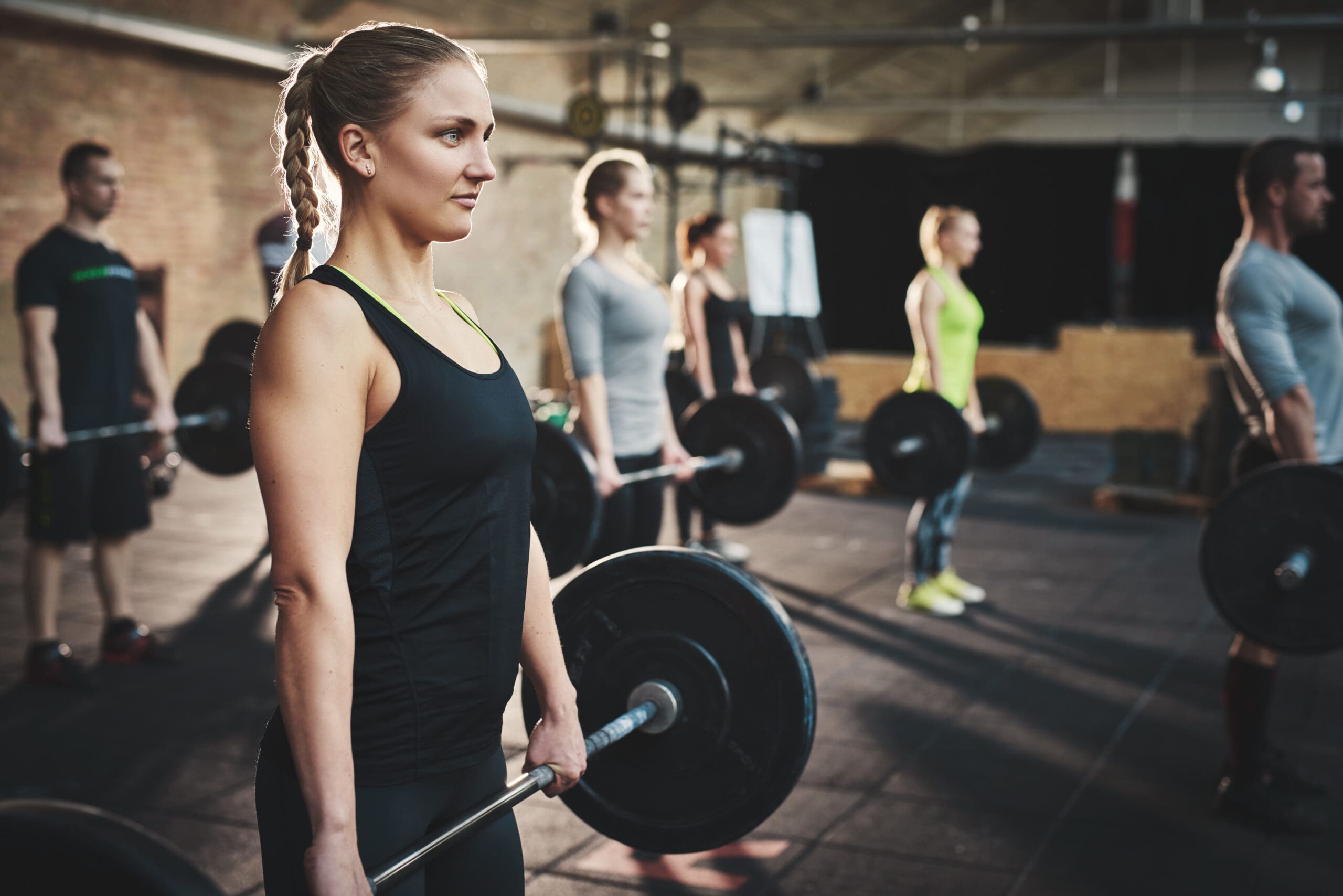Are you eager to enhance your weightlifting skills and become a pro? Look no further! In this article, you will discover the secrets to mastering weightlifting techniques. Whether you are a beginner or an experienced lifter, these tips and tricks will take your lifting game to the next level. From perfecting your form to understanding the importance of proper breathing techniques, we’ve got you covered. So grab your lifting gloves and get ready to transform into a weightlifting master!
Table of Contents
ToggleWeightlifting Techniques
Welcome to the exciting world of weightlifting! Whether you’re a beginner or someone who has been lifting for a while, this comprehensive guide will provide you with the necessary knowledge and techniques to master the art of weightlifting. In this article, we will cover the basics of weightlifting, the importance of proper technique, getting started with weightlifting, warm-up and stretching exercises, as well as specific techniques for different lifts such as the squat, deadlift, bench press, overhead press, snatch, and clean and jerk. So, let’s dive in and start building your strength and technique!
Understanding the Basics of Weightlifting
Before we delve into the specific techniques, it’s important to have a solid understanding of the basics of weightlifting. Weightlifting is a form of strength training that involves lifting weights in a controlled manner to target and work specific muscles or muscle groups. It offers a multitude of benefits, including increased muscle strength, improved bone density, enhanced overall fitness, and increased metabolism. Understanding the proper form and technique is crucial to achieve maximum results and prevent injury.
Importance of Proper Technique in Weightlifting
Proper technique is the foundation of weightlifting. It not only ensures that you are effectively targeting the desired muscles but also minimizes the risk of injury. Proper technique involves maintaining proper posture, engaging the correct muscles, and executing the lift through a full range of motion. Your form should prioritize safety and efficiency. By mastering the proper technique, you will not only optimize your performance but also lay a solid foundation for future growth and progress in your weightlifting journey.
Getting Started with Weightlifting
Now that you understand the basics and the importance of proper technique, it’s time to get started with weightlifting. The first step is setting clear goals and developing a plan to achieve them. Setting goals will give you direction and motivation throughout your weightlifting journey. Whether you want to build strength, gain muscle mass, improve athletic performance, or simply maintain a healthy lifestyle, clearly defining your goals will help tailor your training program accordingly.
Once you have set your goals, it’s highly recommended to find a qualified coach to guide you on your weightlifting journey. A coach will not only provide you with expert guidance but also ensure that you are executing the lifts with proper technique, making adjustments when needed, and monitoring your progress. Their knowledge and experience are invaluable in helping you reach your full potential in weightlifting.
Proper Warm-Up and Stretching
Before diving into the lifts, it’s important to warm up and stretch to prepare your body for the demands of weightlifting. The warm-up phase increases blood flow, raises body temperature, and mentally prepares you for the upcoming workout. Dynamic warm-up exercises, such as bodyweight squats, lunges, arm circles, and leg swings, are excellent for activating the muscles and lubricating the joints. These exercises mimic the movements you’ll be performing during weightlifting and help improve mobility and flexibility.
Following the warm-up, static stretching exercises can be beneficial for improving flexibility and range of motion. These stretches should be held for 15-30 seconds without bouncing and target the major muscle groups used in weightlifting, such as the quadriceps, hamstrings, glutes, chest, back, and shoulders. Incorporating a proper warm-up and stretching routine into your weightlifting sessions will not only reduce the risk of injury but also enhance your overall performance.
Mastering the Squat
The squat is considered the king of all exercises and is a fundamental movement pattern in weightlifting. It primarily targets the lower body muscles, including the quadriceps, hamstrings, glutes, and calves, while also engaging the core and upper body muscles as stabilizers. The benefits of squats are immense, ranging from increased lower body strength and power to improved functional movement and athleticism.
To master the squat, proper technique and form are crucial. Start by standing with your feet shoulder-width apart, toes slightly turned outwards. Maintain a tall and proud chest, engage your core, and keep your back straight throughout the movement. As you descend into the squat, push your hips back, lower yourself until your thighs are parallel to the floor, and then drive through your heels to return to the starting position. It’s important to keep your knees in line with your toes and avoid rounding your lower back. Common mistakes to avoid include leaning too far forward, allowing your knees to cave inwards, and not maintaining proper depth.
Perfecting the Deadlift
Another essential lift in weightlifting is the deadlift. It primarily targets the posterior chain muscles, including the hamstrings, glutes, lower back, and traps, while also engaging the core and upper body muscles as stabilizers. Deadlifting is highly effective for building overall strength, improving posture, and enhancing grip strength.
To perfect the deadlift, start by standing with your feet hip-width apart, toes pointing forward. Bend at the hips and knees, reaching down to grasp the barbell with an overhand or mixed grip. Maintain a neutral spine throughout the lift, focusing on keeping your chest up and shoulders back. As you lift the barbell, push through your heels, engage the legs and hips, and keep the barbell close to your body. Finish the movement by fully extending your hips and standing tall. Common mistakes to avoid include rounding your back, lifting with your arms, and not engaging the core.
Mastering the Bench Press
The bench press is the signature upper body exercise in weightlifting and primarily targets the chest, shoulders, and triceps. It is an excellent compound exercise for building upper body strength and muscle mass.
To master the bench press, start by lying on the bench with your feet firmly planted on the ground. Position your hands slightly wider than shoulder-width apart on the barbell, with a firm grip. Maintain a slight arch in your lower back and keep your shoulder blades retracted. Lower the barbell to your chest, allowing your elbows to flare out at a 45-degree angle. Press the barbell back up to the starting position by extending your arms. It’s important to maintain control throughout the movement and avoid bouncing the barbell off your chest. Common mistakes to avoid include flaring your elbows too wide, not maintaining proper wrist alignment, and not keeping your feet firmly planted on the ground.
Improving Your Overhead Press
The overhead press, also known as the shoulder press, is a classic weightlifting exercise that primarily targets the deltoids (shoulders), while also engaging the triceps and upper back. It is an effective compound exercise for developing upper body strength and stability.
To improve your overhead press, start by standing with your feet shoulder-width apart and the barbell positioned at shoulder level, resting on the front of your shoulders. Maintaining a tight core, press the barbell overhead, fully extending your arms. Throughout the movement, keep your head neutral, chest proud, and upper back engaged. Lower the barbell back down to shoulder level and repeat. Common mistakes to avoid include arching your lower back, not maintaining a full range of motion, and using excessive momentum to lift the barbell.
Developing Proper Snatch Technique
The snatch is an Olympic weightlifting movement that requires explosive power, speed, and precision. It targets a wide range of muscles, including the quadriceps, hamstrings, glutes, core, upper back, and shoulders. The snatch is a complex movement that consists of lifting the barbell from the ground to overhead in one quick motion.
To develop proper snatch technique, start by standing with your feet shoulder-width apart, toes slightly turned outwards. Bend at the hips and knees to grip the barbell with a wide grip, palms facing down. Maintain a tight core and flat back as you lift the barbell off the ground explosively. As the barbell reaches hip level, fully extend your hips and shrug your shoulders, allowing the momentum to drive the barbell upwards. As it rises, quickly drop into a squat position and catch the barbell overhead with locked arms. Stand up to finish the lift. Common mistakes to avoid include not maintaining a neutral spine, not achieving full extension, and not catching the barbell in a stable overhead position.
Perfecting the Clean and Jerk
The clean and jerk is another Olympic weightlifting movement that combines strength, power, and technique. It targets a wide range of muscles, including the glutes, hamstrings, quads, core, upper back, shoulders, and triceps. The clean and jerk involves lifting the barbell from the ground to the shoulders (clean) and then from the shoulders to overhead (jerk) in one fluid motion.
To perfect the clean and jerk, start by standing with your feet hip-width apart, toes slightly turned outwards. Bend at the hips and knees, reaching down to grasp the barbell with a shoulder-width grip, palms facing inward. Drive through your legs explosively, extending your hips, knees, and ankles, and pull the barbell towards your shoulders. As the barbell reaches chest level, quickly drop into a squat position and catch the barbell on your shoulders. From there, stand up and brace your core. To execute the jerk, dip slightly with your legs and then explosively drive the barbell overhead, locking out your arms. Return to the starting position by bending your knees and hips. Common mistakes to avoid include not keeping the barbell close to your body, not achieving full extension, and not catching the barbell in a stable overhead position.
Building Strength and Technique
In addition to mastering the specific lifts, building overall strength is crucial for weightlifting. Strength training exercises such as squats, deadlifts, bench presses, shoulder presses, and rows should be incorporated into your training program. Start with lighter weights and gradually increase the intensity as your strength improves. Consistency is key when it comes to building strength and technique, so make sure to stick to your training program and gradually progress over time. Additionally, always prioritize proper technique and form over lifting heavier weights.
In conclusion, weightlifting can be a highly rewarding and challenging pursuit. By understanding the basics, prioritizing proper technique, and progressively building strength and technique, you can achieve your goals and maximize your performance. Remember to always prioritize safety, listen to your body, and seek guidance from a qualified coach. Now that you have a comprehensive understanding of weightlifting techniques, it’s time to grab those weights and start your journey towards becoming a weightlifting master. Happy lifting!








